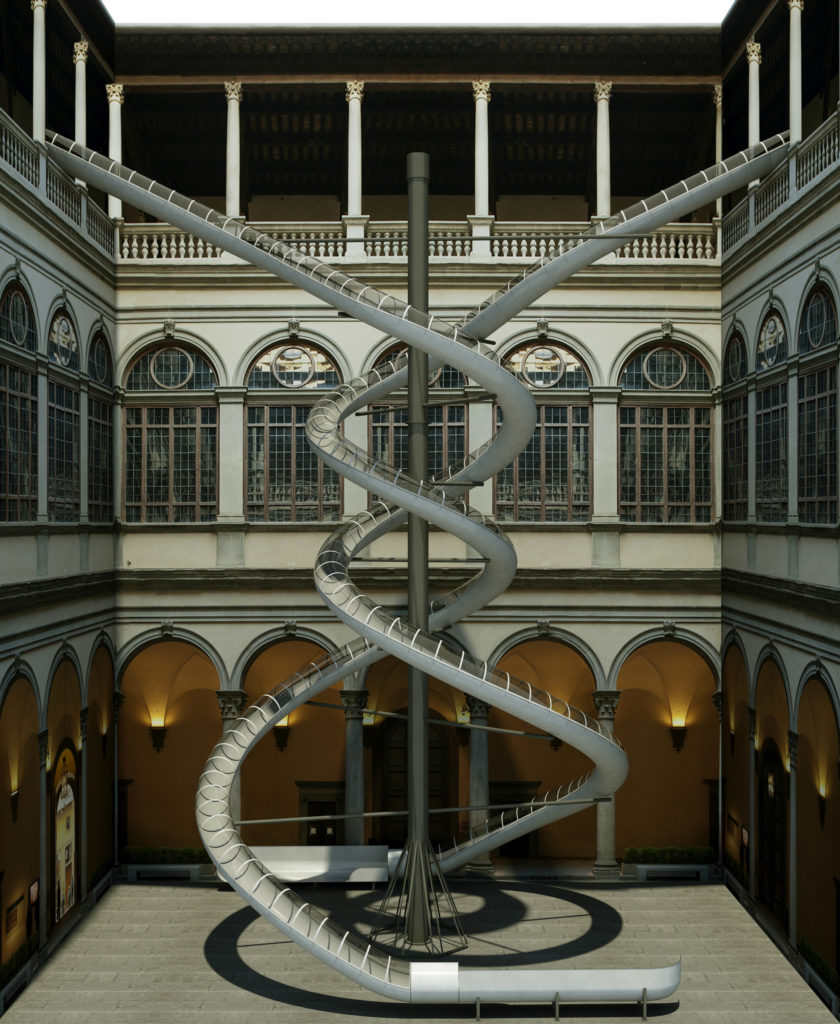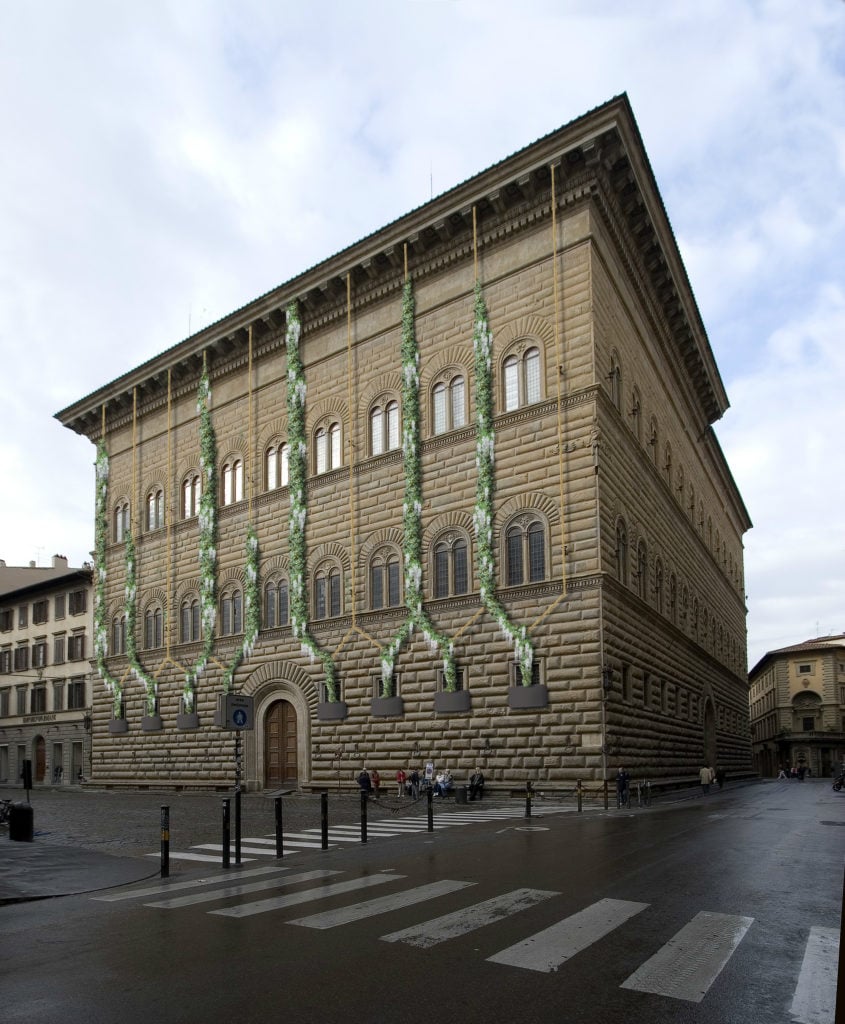Art & Exhibitions
Carsten Höller Teams Up With Pioneering Plant Neurobiologist to Prove That Vegetables Have Feelings
The German artist and one of Italy’s leading scientists will conduct an interactive experiment at the Palazzo Strozzi.

The German artist and one of Italy’s leading scientists will conduct an interactive experiment at the Palazzo Strozzi.

Javier Pes

Are beans intelligent? The artist Carsten Höller is teaming up with the eminent plant neurobiologist (yes, that’s a job) Stefano Mancuso to prove that they are.
The German artist, who has a PhD in biology, has joined forces with the Italian scientist to create a site-specific project called “The Florence Experiment.” The interactive exhibition is due to open next month at Florence’s Fondazione Palazzo Strozzi (from April 19 to August 26).
The show is being organized by Arturo Galansino, the palazzo’s energetic director general. He has mounted exhibitions by Bill Viola and Ai Weiwei, among others, since taking the helm of the art museum housed in a Renaissance palace in 2015.
At first, the show appears to take a familiar form. Höller will install two 20 meter-long corkscrew slides in the courtyard, similar to those he has built in New York, London, and elsewhere. But in Florence, there is a twist: These slides come with a science experiment.
Visitors must descend the slides carrying a bean plant. Once they reach the bottom, they will deliver the specimens to a laboratory staffed by “proper scientists,” Galansino tells artnet News. In the lab, the scientists will measure how the beans respond to the emotions visitors have experienced on their high-speed journey.

Rendering of the Palazzo Strozzi with wisteria plants by Michele Giuseppe Onali.
“It sounds crazy,” Galansino admits. But he stresses that Mancuso is one of Italy’s leading scientists and there is precedent for his work. The great naturalist Charles Darwin studied the intelligence of plants as far back as the 19th century. Scientists now believe that plants have far more senses than humans—possibly as many as 20. They can measure humidity, detect gravity, and sense electromagnetic fields. They can even communicate, warning each other if there is danger is nearby.
Part two of Höller and Mancuso’s experiment continues inside two cinemas. One will screen comedies; the other, horror movies. During the films, air will be extracted from each room and transported via pipes to the front of the building, where wisteria shrubs will be planted on trellises. “The impact of the public’s fear or amusement is expected to visibly influence the direction in which the plants grow, thus creating a plant graph illustrating the interaction between human emotions and plant behavior,” according to a statement from the museum.
The Palazzo Strozzi’s director is not too concerned about whether the experiments’ findings end up in a peer-reviewed journal. “Let’s see what happens,” he says. Regardless, he is pleased that Höller and Mancuso will bring art and science under one roof, a pursuit that has a long tradition in Florence. “Carsten wants to be the da Vinci of the 21st century,” he says.